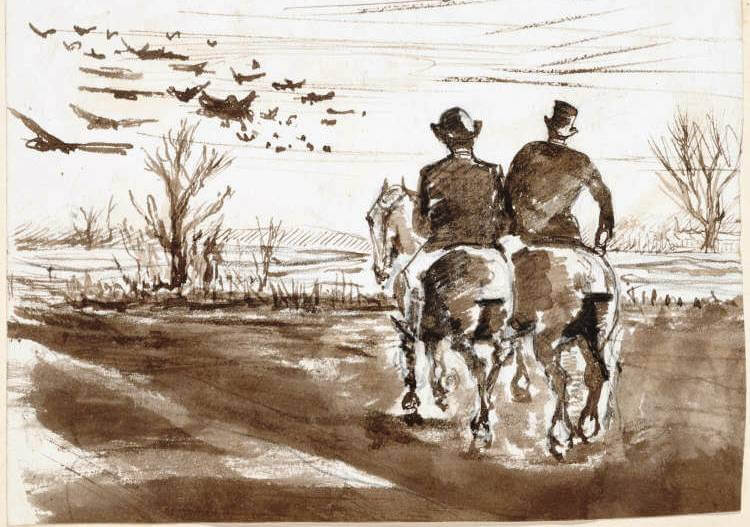When Walter James, a Te Rore farmer, arrived on horseback at William Chester’s he was saddling his horse. It was seven on a March morning in 1880 and the two men intended to go together to Ōhaupō to fetch cattle.

Tales from the passed
William tried to mount his horse, but it was restive, and he had some difficulty. He asked Walter to hold the bridle while he tried again, but William first supplemented the bridle with a rope as he thought the bridle somewhat weak. “Be careful,” said William, “it will act as a curb”. Walter replied, “It will be right enough; I will not pull it too tight”.
As soon as William was up Walter let go of the bridle. But the horse was still agitated, and William struggled with it for about five minutes. Suddenly the horse reared up, and fell backwards, William coming down underneath it. Walter dismounted, and ran to William who was insensible, but quickly became conscious.
Isaac Hodgson, a Te Rore West farmer, who also planned to accompany William to Ōhaupō then arrived. He saw William lying on the ground, with a pillow under his head and a blanket over him complaining that his chest was very sore. Walter and Isaac helped William into his house.
It took until 11am for a telegram to reach Dr Blunden stating that Mr Chester had been hurt by a horse falling on him, and nearly killing him. When he saw William in the afternoon, he found him perfectly conscious but complaining of great chest and abdominal pain. The doctor heated him – the use of warmth as a treatment being common at the time. When he left, the doctor gave directions for Mary Chester to send for him if any change took place in her husband.
Dr Blunden received no news of William’s condition from the time he left until two days later when the coroner showed him a telegram from Constable McLeod announcing that William had died.
At the inquest the doctor said that from the symptoms which Williams’s widow detailed to him, he believed that he had died from internal haemorrhage. The jury returned a verdict in accordance with the evidence. The funeral took place straight after the inquest, the coroner having given his warrant to bury as soon as the jury had viewed the body.
William was greatly respected and about 250 settlers followed the coffin to the Pirongia cemetery on horseback. Many of them started from Te Rore, and very many more joined procession. It was the largest funeral seen in the district.
William left Mary with six young children. For some time he had been the agent for the Waikato Steam Navigation and Coal mining company and the year before he had leased the operation of the Te Rore ferry. After his death Mary gamely took on the agency but a few months after William’s death she was relieved of the duty of attending the Te Rore ferry by the Waipā council. She was perhaps overwhelmed by the situation she was in after the accident which so suddenly took her husband.









